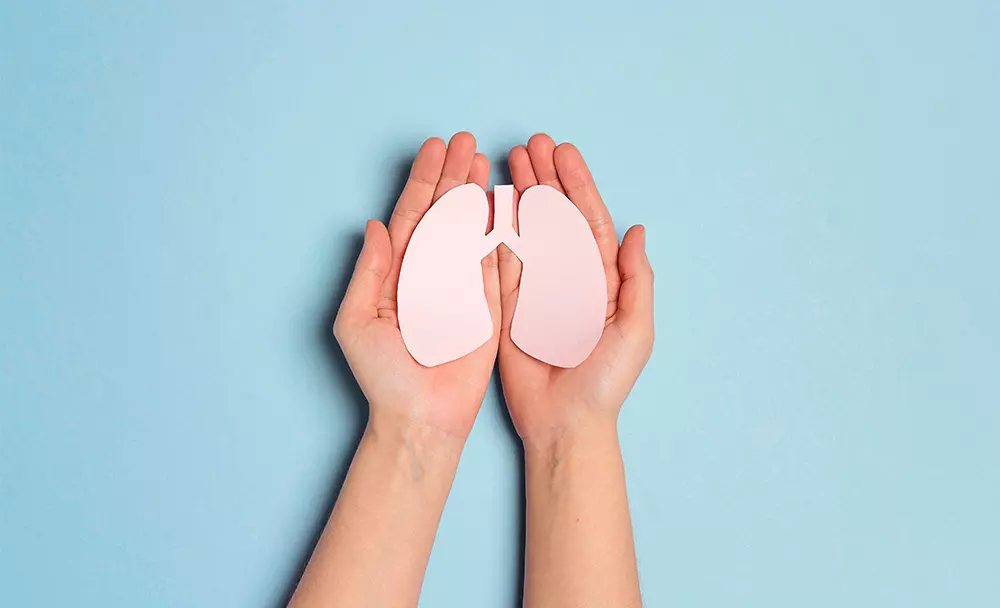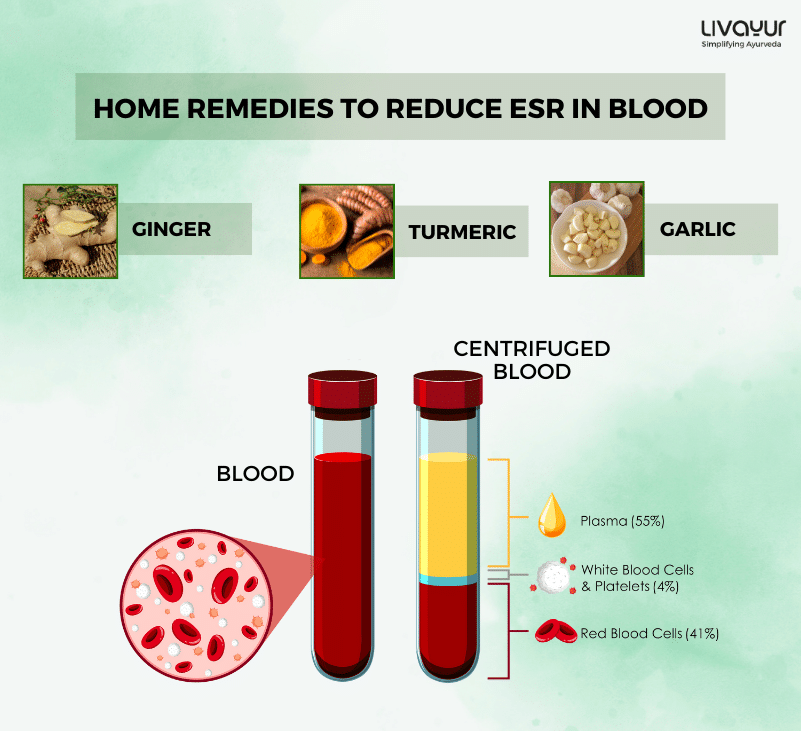This article is reviewed by an expert

Atelectasis is a respiratory condition in which the airways are restricted because of blockages that form in the air passages or pressure on the lung. Commonly confused with a collapsed lung, atelectasis is different because the restricted breathing can result from an accumulation of fluid between the lung and chest wall, as well as in air sacs within the lungs. This is sometimes described as a partially collapsed lung.
What Are The Causes Of Atelectasis
Possible atelectasis causes include 1:
- Mucus Build Up – secretions collect in the airways due to infections or surgery
- Infection – bacterial viral or fungal infection in the lungs can scar and disrupt the airflow
- Foreign Objects – accidental inhalation of small objects
- Tumour – abnormal growth in the airway or lung tissue can block or press on the airflow to lung
- Blood Clot – clot due to excessive bleeding can block the airway
- Pleural Effusion – accumulation of fluid in the space outside the lungs, inside the chest cavity (pleural space) can press on the airways, causing the collapse
- Pneumothorax – injuries in the lungs that causes air to leak into pleural space
- Pneumonia – a lung infection
The most common cause of atelectasis is surgery with anesthesia. Atelectasis usually resolves after treating the underlying cause.
Atelectasis Symptoms
The symptoms of atelectasis depend on how much of the lung is affected and how fast it develops. Mild cases may show no signs and symptoms, but some of the common symptoms are 1:
- Difficulty in breathing (dyspnea)
- Rapid, shallow breathing
- Chest pain
- Coughing
- Wheezing or crackling sounds
- Sputum (phlegm, or thick mucus) production
- Less chest expansion
When atelectasis involves a lot of alveoli or comes on quickly, it can cause low blood oxygen (hypoxemia), which can lead to:
- Trouble breathing
- Sharp chest pain, especially when you take a deep breath or cough
- Rapid breathing
- Increased heart rate
- Blue-coloured skin, including the lips, fingernails, or toenails
Sometimes, pneumonia develops in the affected part of the lung, which can cause:
- Coughing up phlegm
- Fever
Types Of Atelectasis
Atelectasis may be categorized into three main types that include the following 2:
Compressive Atelectasis
This is when there is external pressure on the lung that causes it to collapse, such as from fluid accumulation, air, blood or a tumour.
Resorptive/Obstructive Atelectasis
Commonly caused by surgery under anaesthesia, this is an Atelectasis type in which the movement of oxygen and carbon dioxide into your bloodstream causes the alveoli to collapse. It can also develop as a result of an internal obstruction like mucous or a tumour that stops air from flowing into the alveoli.
Contraction atelectasis
Airflow is restricted as the alveoli cannot expand and contract properly because of the formation of scar tissue or fibrotic changes in either the lungs or the pleura.
How Is Atelectasis Treated
The treatment options for atelectasis depend on the severity and the underlying cause of the condition. Some of the possible atelectasis treatments include 3:
- Physical Therapy – Chest physical therapy may be recommended to help with deep breathing and to enable better expansion of the affected lungs
- Surgery – In some cases, surgical removal of tumor or any obstruction may be necessary to open up the airways and restore normal breathing.
- Bronchoscopy – This procedure is performed in a hospital and a small tube is guided through the nose or mouth to clear or remove any obstruction and to do a biopsy if required.
- Drainage – This may be done by simply manipulating the person’s head and body, but in other cases it may have to be done with a needle and tube inserted into the accumulated fluid.
- Breathing exercises – Breathing exercises are effective at improving lung function and Pranayamas would be one of the best options.
- Medication – Drugs may be prescribed to loosen the mucous, but you can also use natural treatments and Ayurvedic herbs to loosen mucous and reduce mucous production if this has contributed to the problem.
Conclusion
Dealing with atelectasis requires a holistic approach, including lifestyle changes such as maintaining healthy body weight, quitting smoking and exercising. If you need personalized guidance on Ayurvedic medicines and lifestyle changes to better manage your health, contact a qualified Ayurvedic physician.
Disclaimer: The information provided in this article is meant for general information and not meant to substitute any medical advice. Please consult your healthcare professional for appropriate health and medical guidance

















